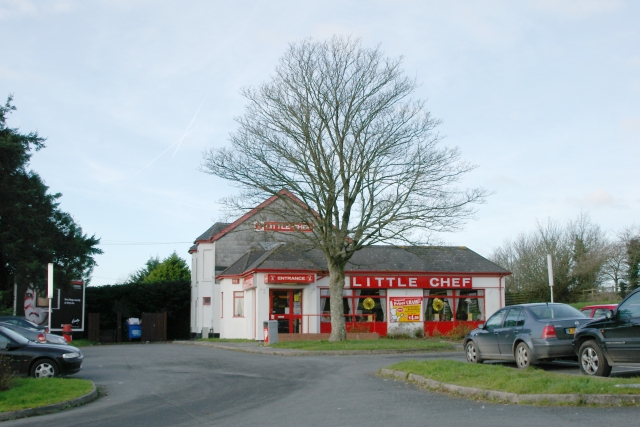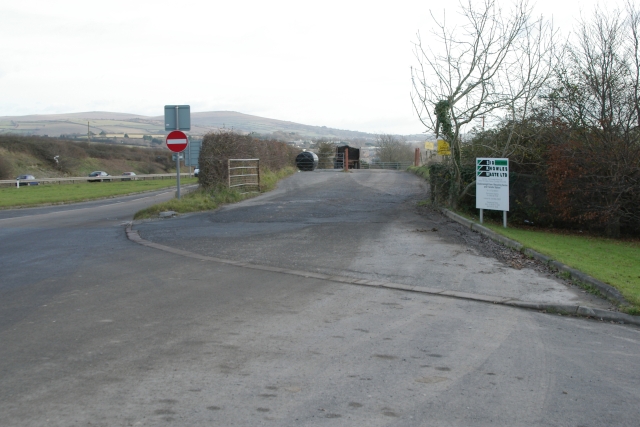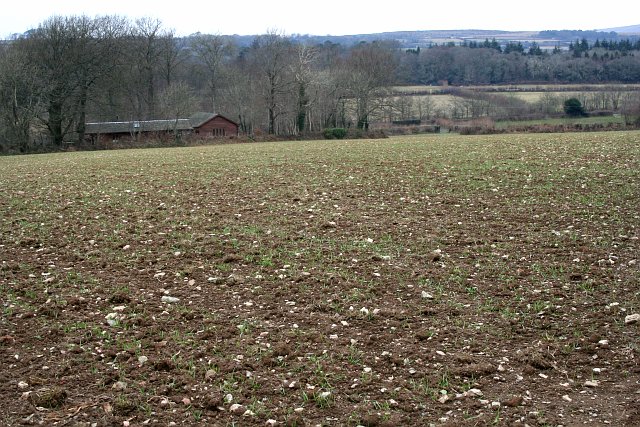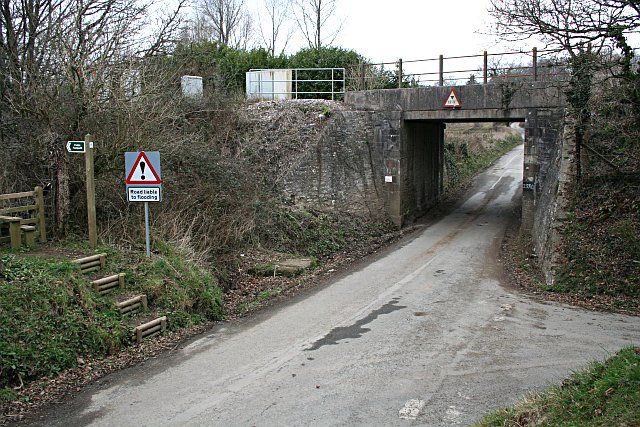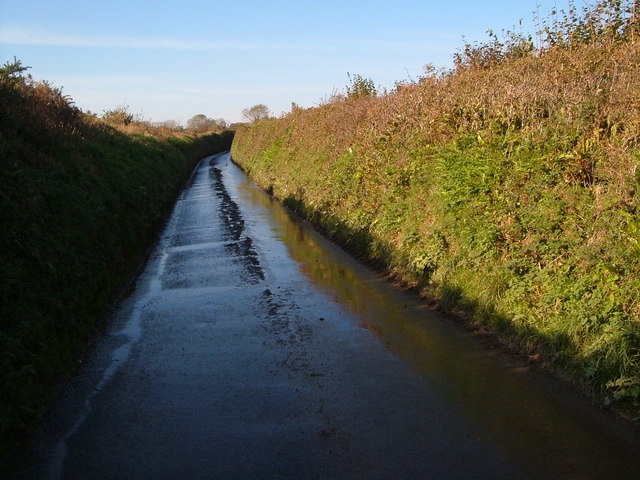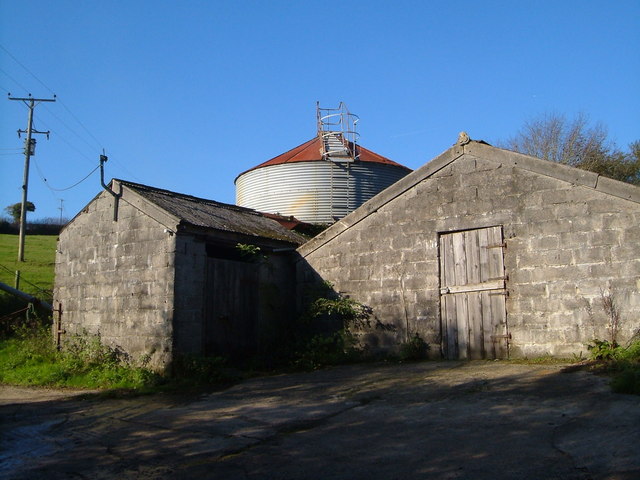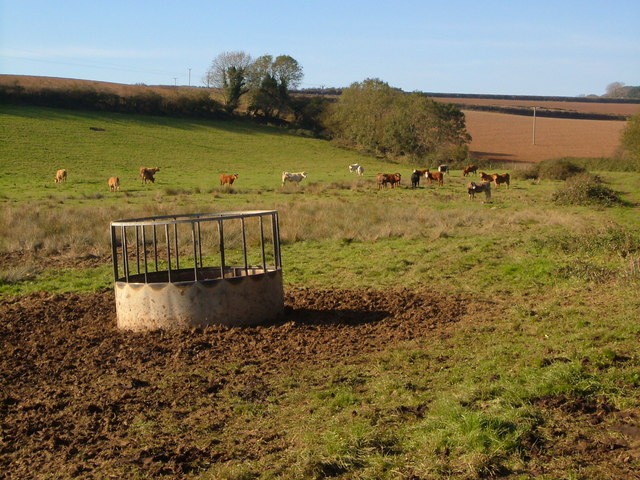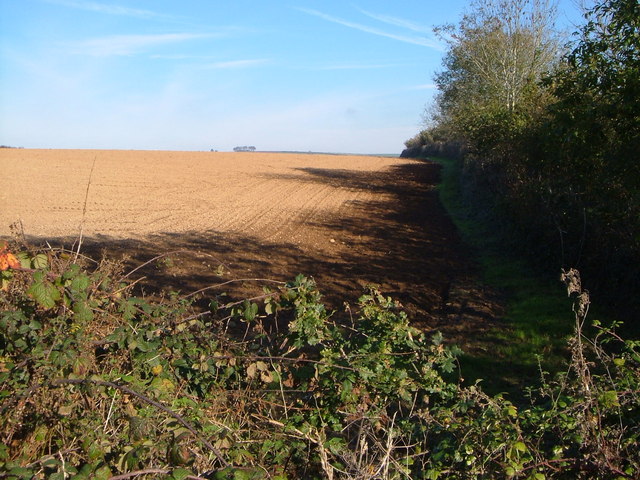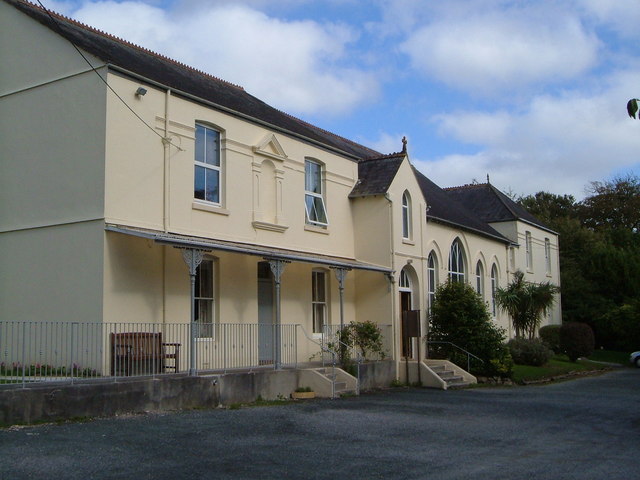Fardel Moor
Downs, Moorland in Devon South Hams
England
Fardel Moor

Fardel Moor, located in Devon, England, is a picturesque area known for its scenic beauty and diverse natural habitats. Covering an expansive area of downs and moorland, it offers a unique and rewarding experience for nature enthusiasts and hikers alike.
The moorland of Fardel Moor is characterized by its wide open spaces, rolling hills, and heather-covered landscapes, creating a stunning backdrop for visitors to explore. The area is home to a rich variety of flora and fauna, with heather, gorse, and bracken dominating the vegetation. It provides a haven for many bird species, including the rare and elusive Dartford warbler, as well as buzzards, kestrels, and skylarks.
The downs of Fardel Moor offer breathtaking views of the surrounding countryside, with sweeping panoramas stretching out as far as the eye can see. The area is crisscrossed with footpaths and bridleways, making it an ideal destination for walkers and horse riders. Visitors can enjoy leisurely strolls, challenging hikes, or even venture on horseback to fully immerse themselves in the beauty of the landscape.
Fardel Moor is also of historical significance, with evidence of human occupation dating back centuries. The remains of ancient settlements, burial mounds, and stone circles can still be found scattered across the moor, providing a glimpse into the area's past.
Overall, Fardel Moor in Devon offers a captivating blend of natural beauty, wildlife, and historical intrigue, making it an idyllic destination for those seeking tranquility and a connection to the land.
If you have any feedback on the listing, please let us know in the comments section below.
Fardel Moor Images
Images are sourced within 2km of 50.396012/-3.9667387 or Grid Reference SX6056. Thanks to Geograph Open Source API. All images are credited.

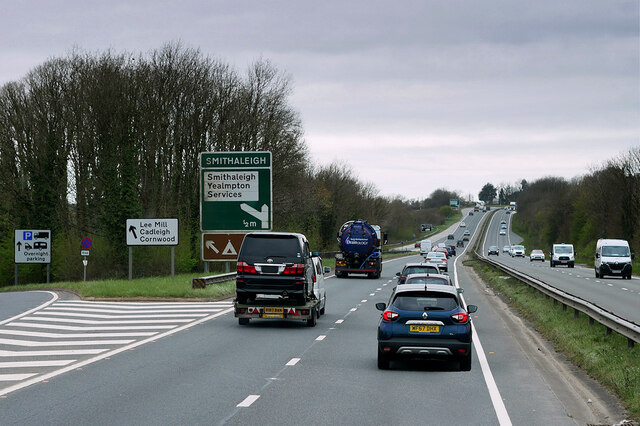
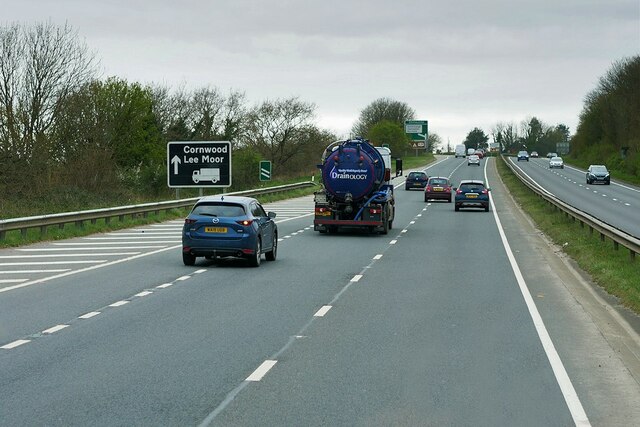


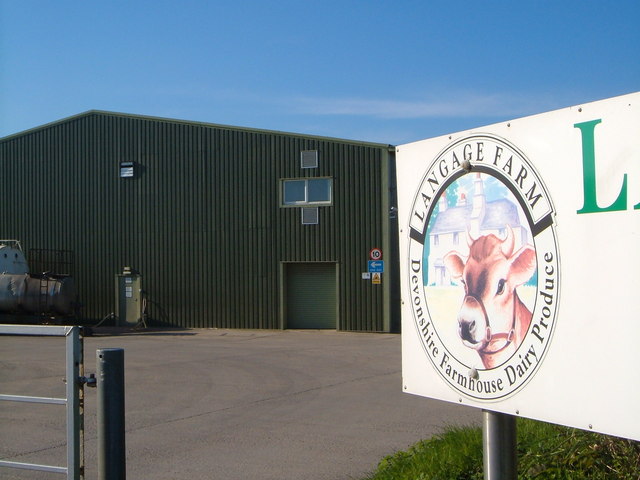
Fardel Moor is located at Grid Ref: SX6056 (Lat: 50.396012, Lng: -3.9667387)
Administrative County: Devon
District: South Hams
Police Authority: Devon and Cornwall
What 3 Words
///grazed.bongo.hikes. Near Ivybridge, Devon
Nearby Locations
Related Wikis
Fardel Manor
Fardel is a historic manor in the parish of Cornwood, in the South Hams district of Devon. It was successively the seat of the Raleigh and Hele families...
Ivybridge Priory
Ivybridge Priory or St. Austin's Priory was a monastic house in Devon, England. From 1932 it was a priory of the Order of Augustinian Recollects. They...
South West Devon (UK Parliament constituency)
South West Devon is a constituency represented in the House of Commons of the UK Parliament since 1997 by Sir Gary Streeter, a Conservative. == Boundaries... ==
Yondertown
Yondertown is a mining hamlet located in an Area of Great Landscape Value on the edge of Dartmoor National Park in the English county of Devon. The community...
Nearby Amenities
Located within 500m of 50.396012,-3.9667387Have you been to Fardel Moor?
Leave your review of Fardel Moor below (or comments, questions and feedback).

